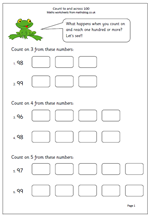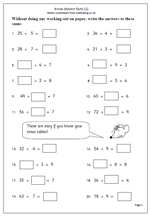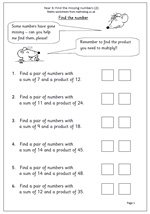Getting a clear concept of amount of time is important for young children. This page challenges children to complete a number of tasks in one minute, such as how tall a tower can be built using blocks/lego etc.
An important part of this is to make sure that they make an estimate/guess before starting which shows how realistic they are about time. One minute is a short time, but it is surprising how much can be achived in just 60 seconds!
This resource can be found in our Year 2 measurement section.
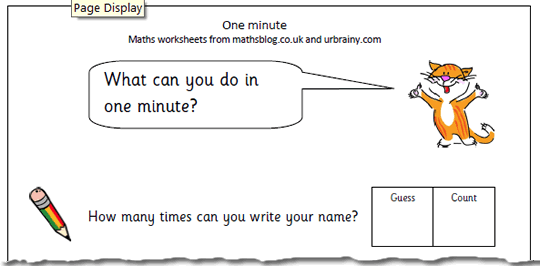
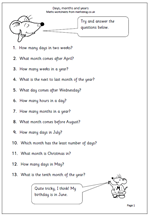
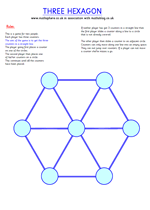
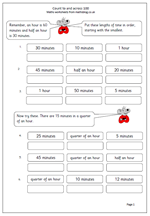
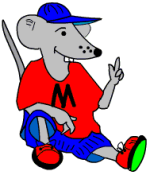 Below are two pages of maths problems written in words. They are known as ‘single step operations’ as only one mathematical process is necessary to solve them. Children find word problems very difficult, but the one step type are much, much easier than the two step.
Below are two pages of maths problems written in words. They are known as ‘single step operations’ as only one mathematical process is necessary to solve them. Children find word problems very difficult, but the one step type are much, much easier than the two step. Children need to be able to read and understand problems written in prose that include elements of real life, either at home or at school. They need to be able to see what processes are necessary to solve it and then lay out their answer clearly, giving some explanation. If they have had plenty of practice at writing their own number stories in earlier years they will now find these much easier.
Children need to be able to read and understand problems written in prose that include elements of real life, either at home or at school. They need to be able to see what processes are necessary to solve it and then lay out their answer clearly, giving some explanation. If they have had plenty of practice at writing their own number stories in earlier years they will now find these much easier.